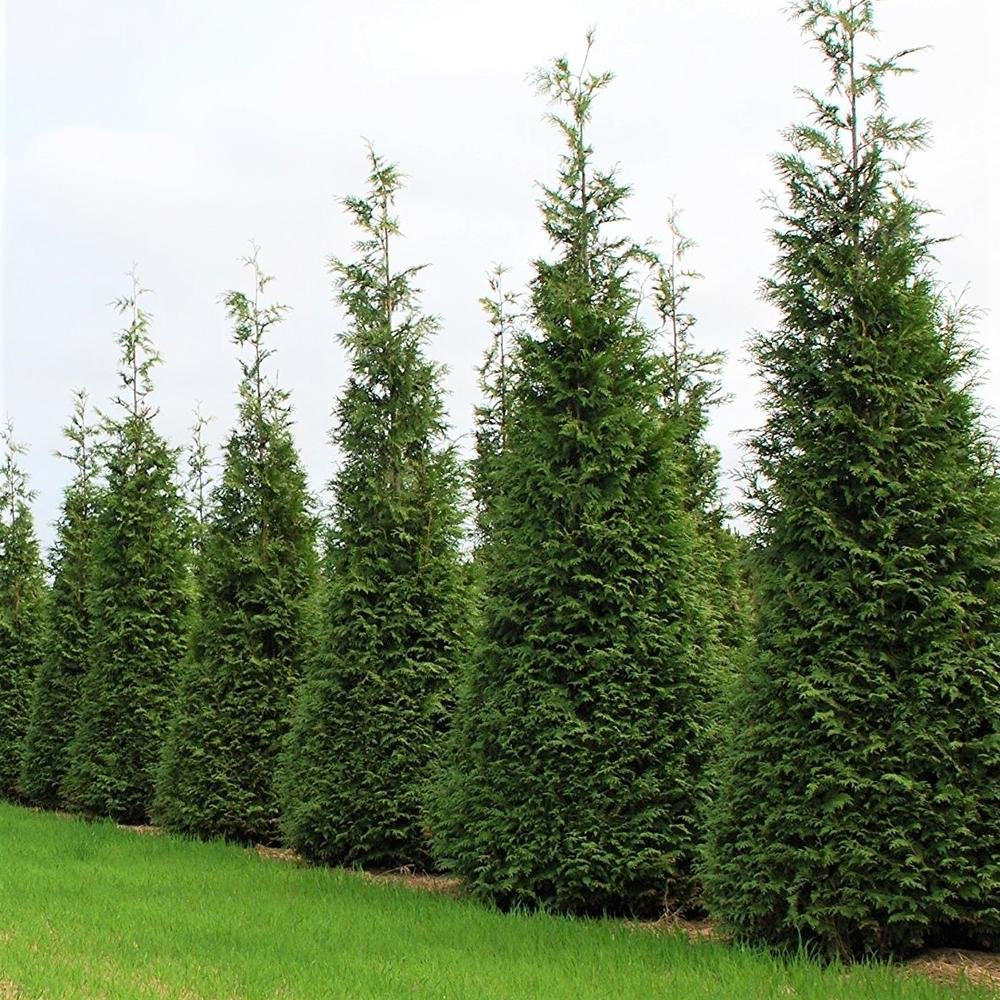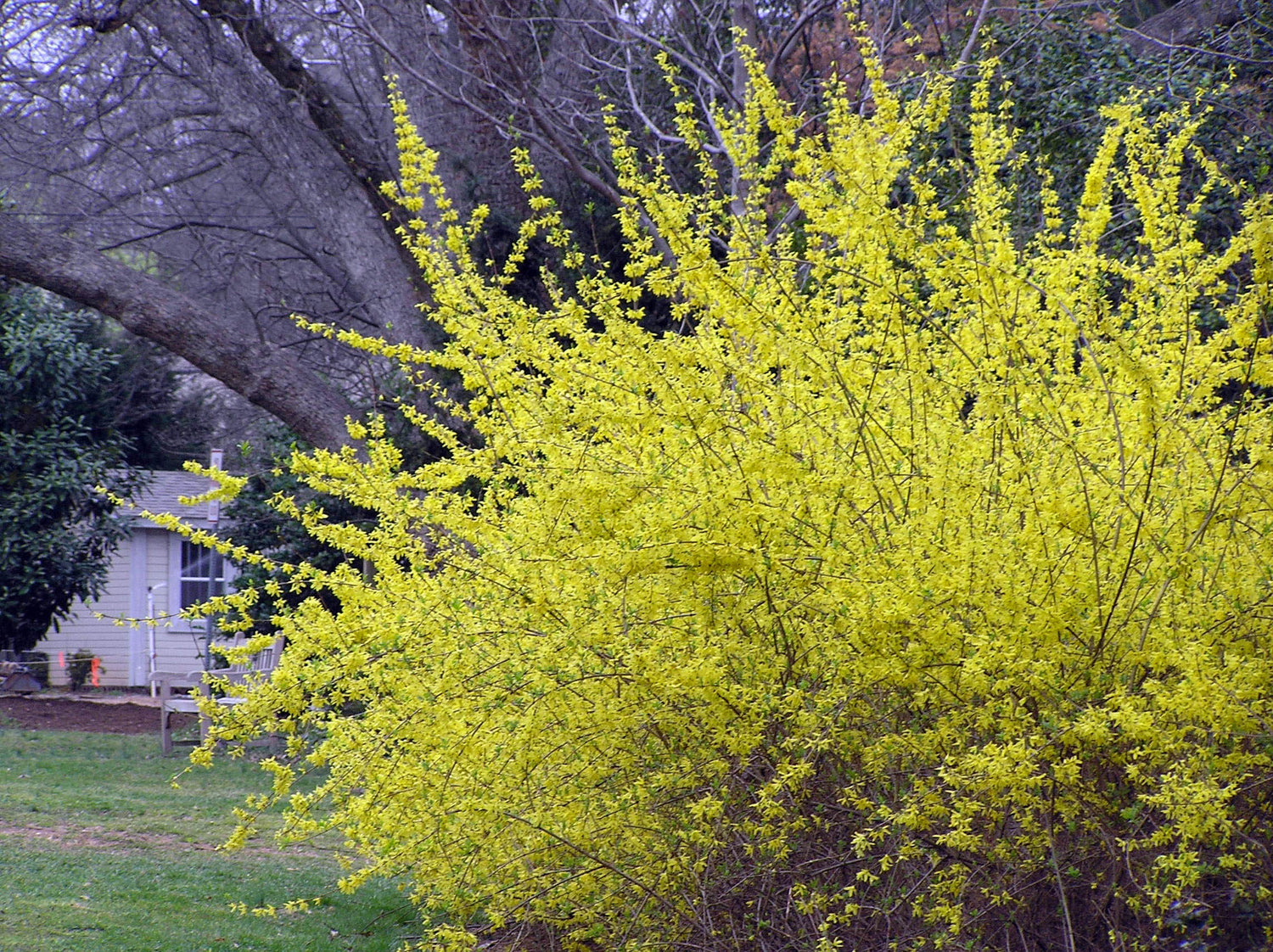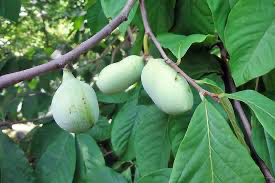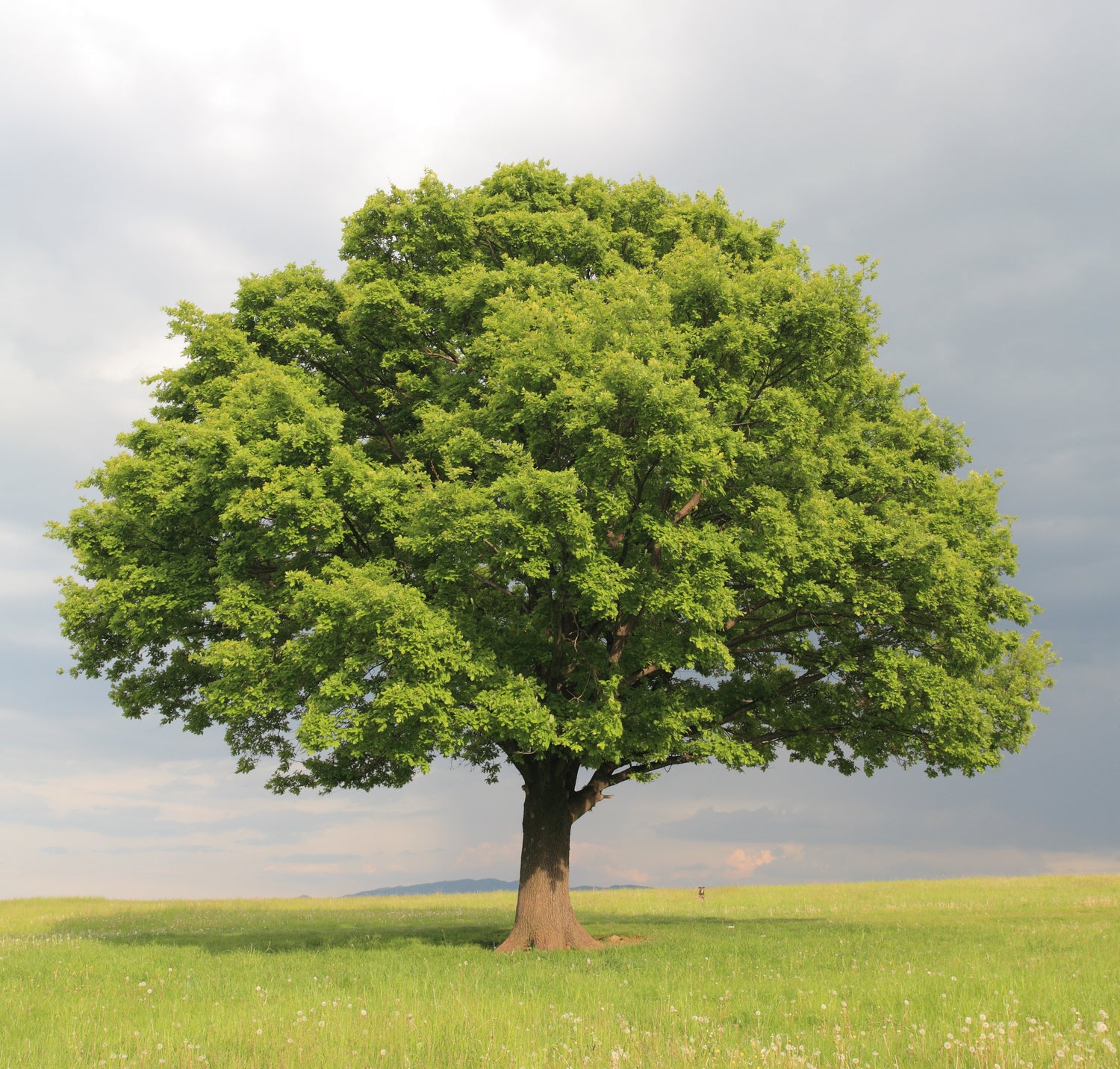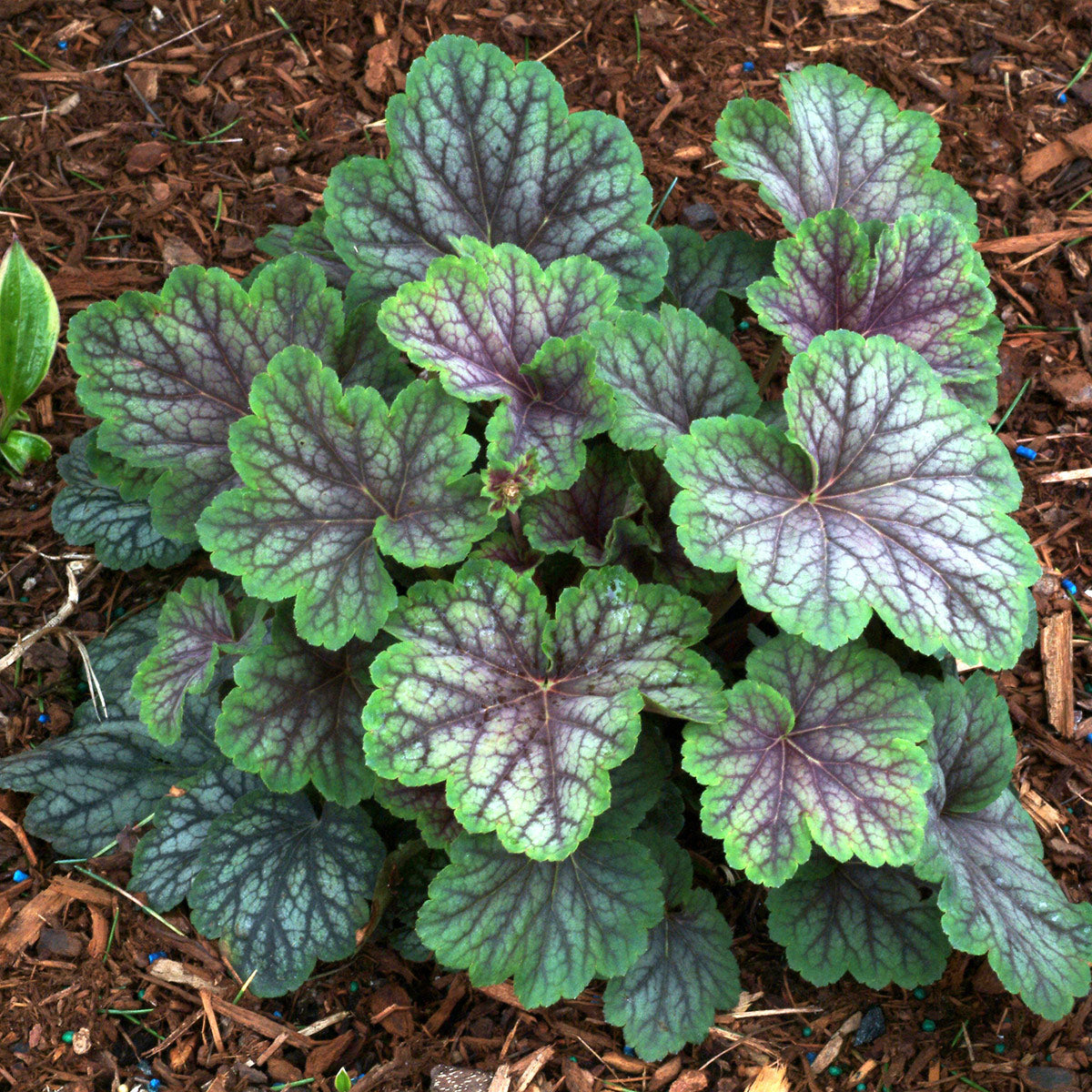The Beauty and Importance of Pin Oak Trees
At Weaver Family Farms Nursery, we believe that the Pin Oak (Quercus palustris) is one of the most versatile and attractive trees you can add to your landscape. Known for its fast growth, unique shape, and stunning fall colors, the Pin Oak is a favorite among gardeners and homeowners looking for a reliable shade tree. But beyond its beauty, being able to correctly identify a Pin Oak tree is important, whether you’re planting it or simply enjoying the trees in your community.
In this article, we’ll walk you through the key characteristics of the Pin Oak tree, from its distinctive bark and leaves to its growth habits and acorns. Whether you’re considering planting one or are curious about the trees in your area, this guide will help you identify the Pin Oak with confidence.

Identifying Pin Oak Trees by Their Bark
One of the most recognizable features of the Pin Oak tree is its bark, especially as the tree matures. When identifying a Pin Oak, the bark’s appearance is one of the first things to check.
Bark Characteristics of Pin Oak Trees:
-
Texture and Color: Young Pin Oaks have smooth bark with a grayish-brown color. As the tree ages, the bark develops deeper ridges and furrows, becoming rougher and more textured. The bark doesn’t become as rugged as some other oak species, like the Red Oak, but it has a defined, linear pattern that makes it easy to recognize.
-
Distinct Features: Unlike other oak species, the Pin Oak’s bark tends to be slightly smoother in comparison, especially when young. This smoother texture, along with the more organized ridges, sets it apart from oaks with more deeply fissured bark. Over time, the bark retains its structured appearance, making it a helpful identifier when comparing different oaks.
For more information on this incredible tree, explore the Pin Oak tree for sale, where you can learn more about its growth and care.
Growth Habit: Recognizing the Pin Oak's Shape and Structure
One of the most distinctive features of the Pin Oak is its unique growth pattern. The tree’s structure and shape make it stand out in landscapes, giving it both aesthetic appeal and functional value as a shade tree.
Growth Pattern: Pin Oak trees are known for their pyramidal growth habit. As the tree matures, the branches grow in distinct layers—upper branches angle upwards, middle branches extend horizontally, and lower branches droop downwards. This tiered structure gives the Pin Oak a visually striking, symmetrical appearance, which is why it’s often used in landscaping for both form and function.
Branch Arrangement: The downward drooping of the lower branches is one of the easiest ways to spot a mature Pin Oak. These lower branches remain close to the ground, creating a unique look that differentiates it from other oak species. Over time, as the tree grows taller, the combination of upward-reaching upper branches and drooping lower branches creates a characteristic "pin" shape, which gives the tree its name.
Fast Growth and Utility: Pin Oaks are fast-growing trees, often adding 12 to 24 inches of height per year under ideal conditions. This rapid growth makes them an excellent choice for anyone looking to quickly establish a large shade tree in their yard or garden. The tree can reach heights of 60 to 70 feet at maturity, making it a great option for providing ample shade over a large area.
To learn more about other fast-growing and shade-providing trees, check out our blog on popular shade trees, where we highlight trees like the Pin Oak that can transform your outdoor space.

Pin Oak Leaves: Shape, Size, and Color
The leaves of the Pin Oak are another key feature that helps with identification. Their distinctive shape and color make them easy to spot, especially during the fall when they show off their vibrant hues.
Leaf Shape: Pin Oak leaves are deeply lobed, typically with 5 to 7 sharp, pointed lobes. Each lobe has a few bristle-tipped teeth, giving the leaves a spiky appearance. The spaces between the lobes, known as sinuses, are more pronounced and cut deeper than those of other oak species like the Red Oak, creating a more dramatic leaf structure.
Leaf Size and Texture: These leaves are about 3 to 6 inches long, and they have a glossy, dark green upper surface, which contrasts with a paler, slightly less glossy underside. This shiny surface makes the leaves stand out during the growing season. Their relatively smaller size compared to other oaks adds to the tree's distinctive, clean look.
Seasonal Color Changes: In the fall, the leaves of a Pin Oak turn a brilliant red or bronze, making it one of the more visually appealing oaks during the autumn months. This change is part of what makes the Pin Oak such a popular choice for landscapes, providing a stunning visual contrast in any garden.
For comparison, the leaves of the Red Oak tend to have broader lobes and shallower sinuses, which can help in distinguishing between the two species.

Acorns of the Pin Oak: A Key Identifier
Acorns are one of the most distinguishing features of any oak tree, and the Pin Oak is no exception. The size, shape, and appearance of its acorns can help you easily identify this tree.
Acorn Size and Shape: Pin Oak acorns are smaller compared to those of other oak species. Typically, they are about ½ inch to 1 inch in length, making them noticeably smaller than the acorns of Red Oaks. The acorns are rounded, with a shallow, saucer-shaped cap that covers only about one-quarter of the nut. The cap has a fine, scaly texture, which can be another helpful feature when distinguishing between different types of oak acorns.
Ripening Cycle: Pin Oak acorns take two years to mature, following the common biennial pattern seen in many oak species. The acorns drop in the fall, providing an essential food source for local wildlife, including squirrels, deer, and various bird species. This two-season cycle is an important characteristic for identifying the tree, as not all oak species follow the same maturation pattern.
Wildlife Benefits: The small size of the Pin Oak’s acorns makes them particularly attractive to a variety of wildlife. These acorns are easier for small animals to handle and consume, which means that a Pin Oak in your yard will support a diverse range of creatures. The tree not only adds beauty but also creates a thriving ecosystem in your landscape.
If you’re looking to add a tree that benefits both your garden and local wildlife, check out the Pin Oak tree for sale and learn more about its benefits.

Pin Oak vs. Other Common Trees
When it comes to identifying a Pin Oak, it's helpful to compare it to other common tree species that may look similar at first glance. Understanding these differences will make it easier to distinguish the Pin Oak from other trees in your landscape.
Pin Oak vs. River Birch
-
Bark and Growth Habit: The Pin Oak and River Birch are quite different in appearance, particularly when it comes to their bark and growth habits. While the Pin Oak has smooth, grayish-brown bark that becomes more ridged with age, the River Birch tree is known for its distinctive, peeling bark that ranges from cream to cinnamon-colored. River Birches also have a more rounded shape compared to the pyramidal form of the Pin Oak.
-
Preferred Growing Conditions: River Birch thrives in wet, swampy areas, while the Pin Oak prefers well-drained soil but can tolerate wet conditions, making them somewhat similar in their adaptability. However, the peeling bark of the River Birch makes it easy to tell apart from the smooth or lightly ridged bark of the Pin Oak.
Pin Oak vs. Red Oak
-
Leaf Shape and Size: Both the Pin Oak and Red Oak are members of the oak family, but their leaves provide a clear distinction. Pin Oak leaves are deeply lobed with sharp points and narrow sinuses, while Red Oak leaves have broader lobes and shallower indentations. The Red Oak also tends to have a more robust appearance overall.
-
Growth and Branch Structure: While the Pin Oak is known for its pyramidal structure with downward drooping lower branches, the Red Oak grows more upright and spreads out with age. The Red Oak's growth is more rounded, whereas the Pin Oak retains its pyramidal shape for much of its life.
Pin Oak vs. Willow Oak
-
Leaf Differences: The Willow Oak is easily distinguished from the Pin Oak by its long, slender, willow-like leaves, which lack the lobed structure characteristic of most oaks. In contrast, the Pin Oak's deeply lobed, sharp-tipped leaves make it much more recognizable as a typical oak species.
-
Shape and Form: The Willow Oak grows into a rounded, spreading shape as it matures, making it visually distinct from the Pin Oak's structured, tiered branch arrangement.
By understanding these comparisons, you can confidently identify a Pin Oak in your yard or neighborhood and appreciate how it differs from other trees that may share similar environments.


